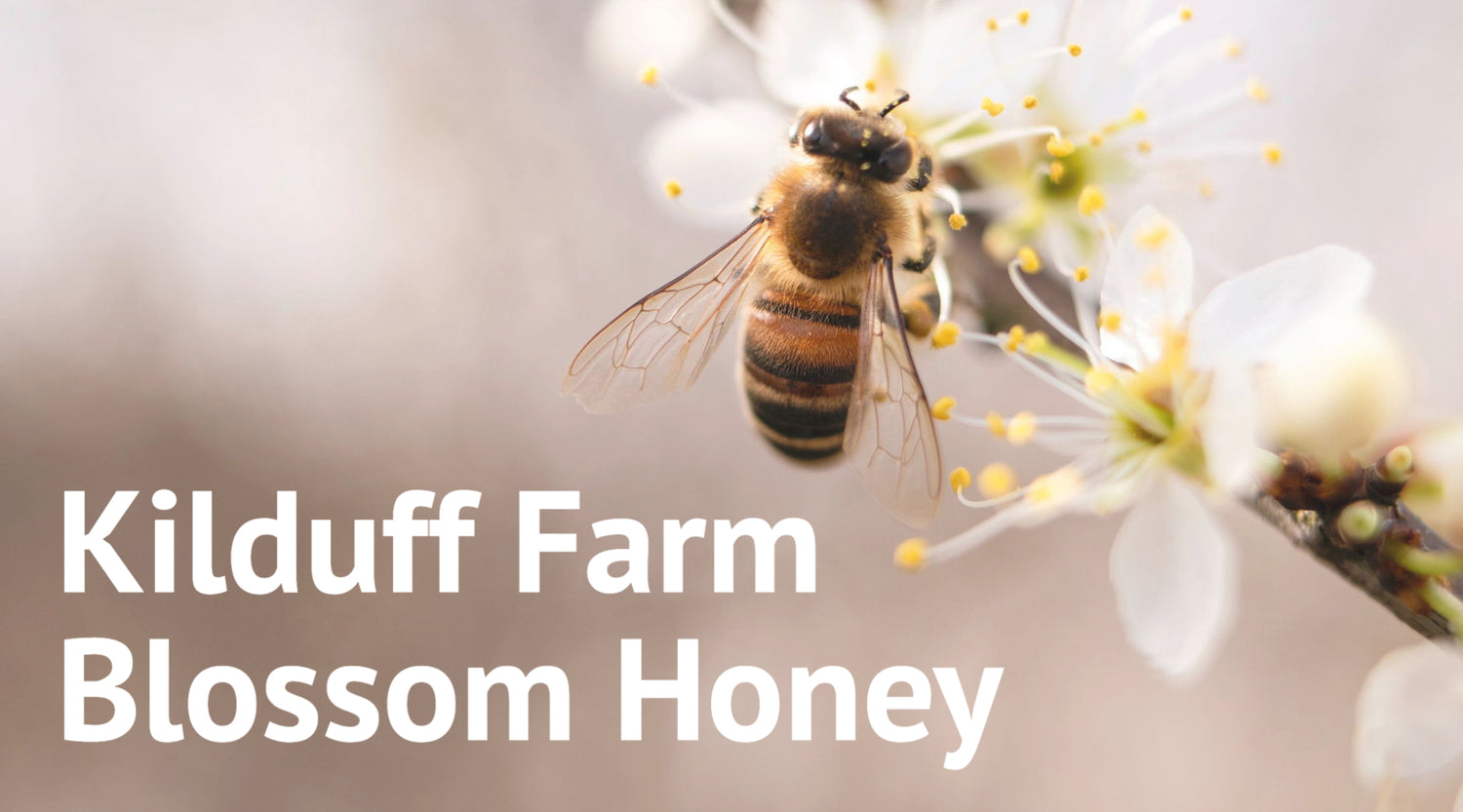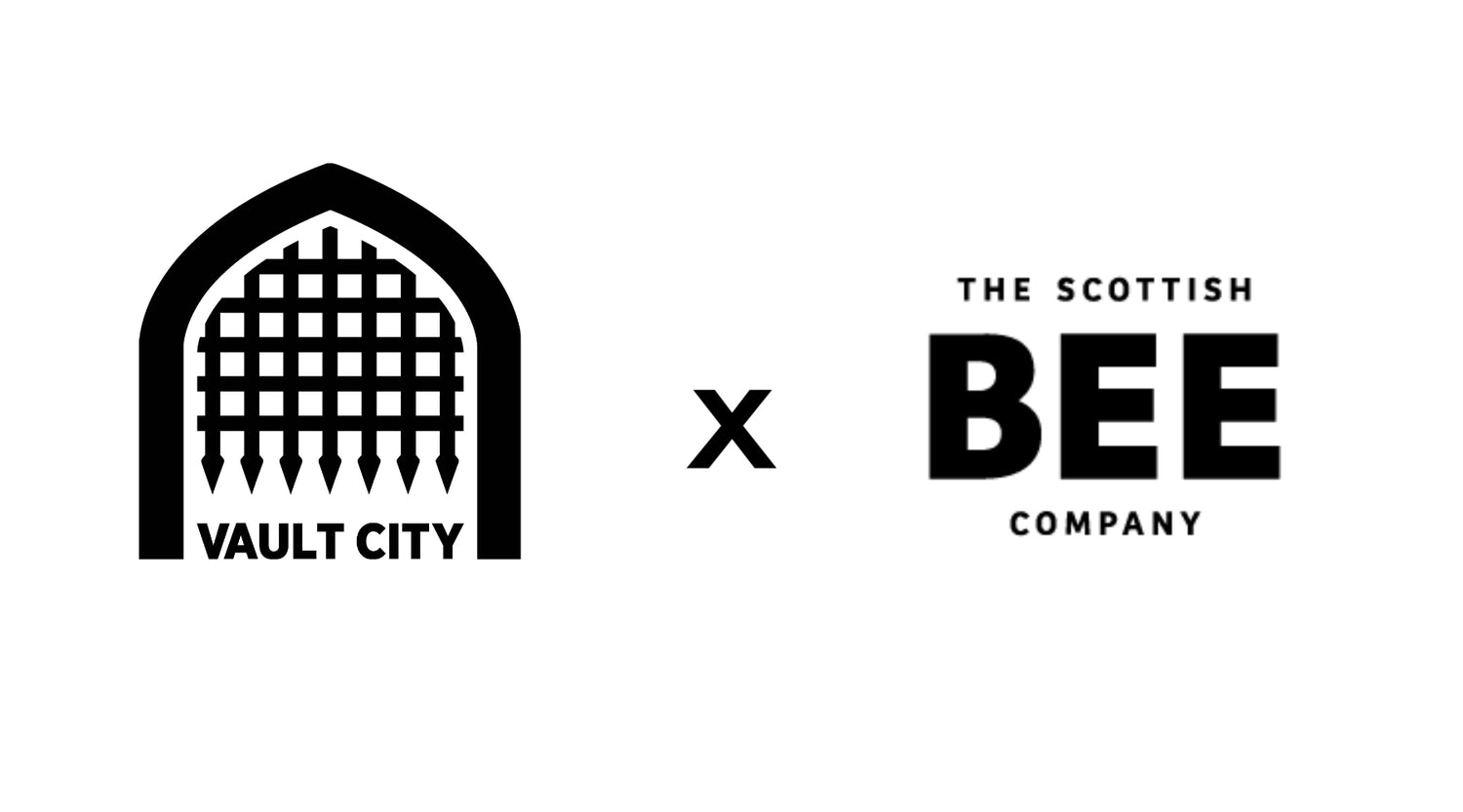How is honey made?
The symbiotic relationship between bees and plants
Honey is made because of the incredible symbiotic relationship between bees and plants. While honey production will often be attributed to the work of a honey bee colony it is good to remember that the raw material, nectar, comes from plants.
Nectar is produced by glands called nectaries. These can be found on any part of a plant but are most commonly found in flowers and known as floral nectaries. They can be located on the petals, sepal, anthers – anywhere on the flower.
Foraging worker bees are always on the hunt for this sticky liquid. They want to collect nectar, convert it into honey and use it as a food source for the colony. This is where plants and bees help each other out.
Plants are heavily reliant on bees for pollination and thus fertilisation. They need pollinators to visit their flowers as it is through this process that pollinators brush up against grains of pollen and distribute them. So how can they entice these bees to their flowers? You guessed it – nectar. The offer of this sweet liquid treat is more than enough to attract a healthy flow of pollinator traffic.
Often nectar is produced at the base of the petals in the carpal and this is a smart move as a honey bee worker would have to fly down into the flower and use her proboscis (tongue) to retrieve the nectar. As she does this, she is brushing against pollen grains. Voila! She leaves the flower with a belly full of nectar and a body covered in pollen.
Nectar to honey
So how does nectar become honey? Well the process starts the moment the honey bee ingests the nectar and begins her journey back to the hive.
Nectar, which is a solution of sugar and water, is transported to the hive in a forager bees honey stomach. This stomach doesn’t digest nectar and can hold up to 70mg, weighing almost as much as the bee itself. As soon as the nectar enters the honey stomach, enzymes begin to break down complex sugars into simple sugars (glucose, fructose). These simple sugars are less susceptible to crystallisation and this process is called inversion.
Once the forager bee arrives at the hive she unloads the collected nectar to a house bee through mouth to mouth contact (trophallaxis). The house bee ingests the nectar and her own enzymes further break down the sugars. The nectar gets passed between multiple house bees and as it does the water content reduces to about 20%. The nectar then gets deposited into a cell for storage. The bees fan the nectar and this action, along with the natural temperature of the hive helps to evaporate the remaining water content. As this happens the sugars thicken into a substance that is known as honey.
The honey is stored unsealed until the cell is full at which point the bees will seal the cell with beeswax in order to protect the stores for later consumption.
Bits and Pieces
- It is worth mentioning that honey bees and other species of bee actively forage for pollen as well as nectar as it is a crucial food for brood development. In fact honey bees are so efficient at collecting pollen that as individuals they don’t always make for the most effective pollinators. Check out our other blog 'are honeybees good pollinators'. This is why all our pollinators are so vital, from bees to butterflies to bats.
- Not all nectar is created equal. The sugar content of nectar can vary dramatically from plant to plant. An apple tree producing nectar with 25% sugar will not be as alluring if there is kale nearby secreting nectar with 50% sugar.
- Not all honey we eat is floral. One interesting example is honey dew. Honeydew is produced by aphids after they have fed on the sap of beech tree bark. They produce a sticky liquid which hangs on the trees and the bees collect this. You can read a little more about honeydew in my second New Zealand blog.
- The term ‘trophallaxis’ (used above) is very relevant to a colony of honey bees. The Merriam-Webster definition for trophallaxis is the “exchange of food (as from special glands) between social insects (such as ants or termites)”. For honey bees it is an important part of colony communication.
Conclusion
Whether the honey we consume is floral or not it all comes from a massive team effort on the part of nature. The process of bees creating honey is one part of a cycle that also involves the pollination of wildflowers and crops. Without this effort on the part of the pollinators our landscape would be less colourful, habitats less rich. Without the effort of plants to produce nectar bees would lack a vital source of food and we would not be able to consume delicious honey. So keep planting those wildflower seeds or building those bee hotels. Let your grass grow a bit longer and see what flowers pop up. There’s a good chance pollinators will love them. Give nature a chance to thrive.
By purchasing our delicious pure honey or 100% beeswax candle with gift packaging, a packet of wildflower seeds is included. Try it now and see how your garden can blossom!






3 comments
Honey does indeed come from plants/flowers/trees! Hope that helps!
Does 🍯 comes from plant sources
Does honey comes from plant source